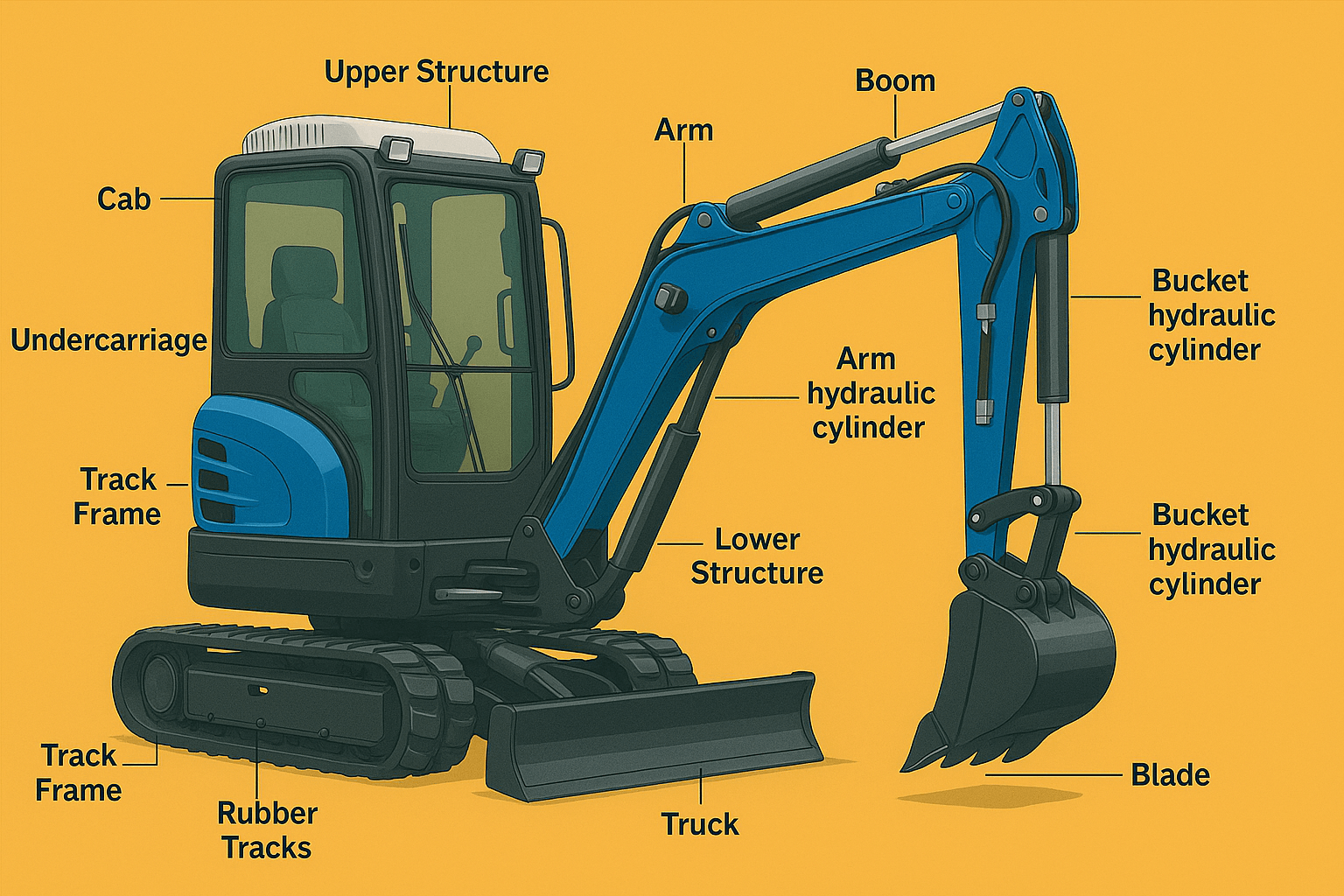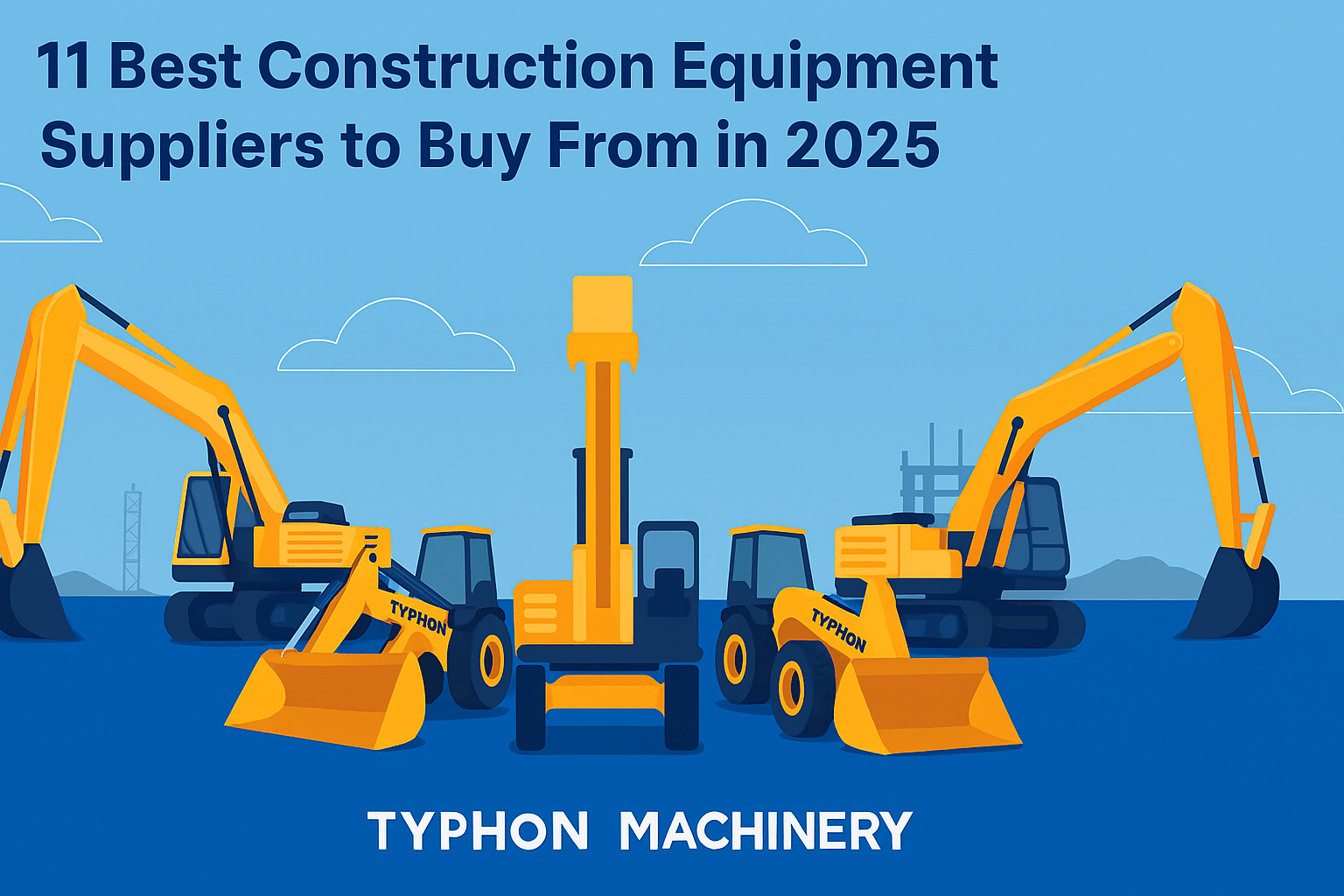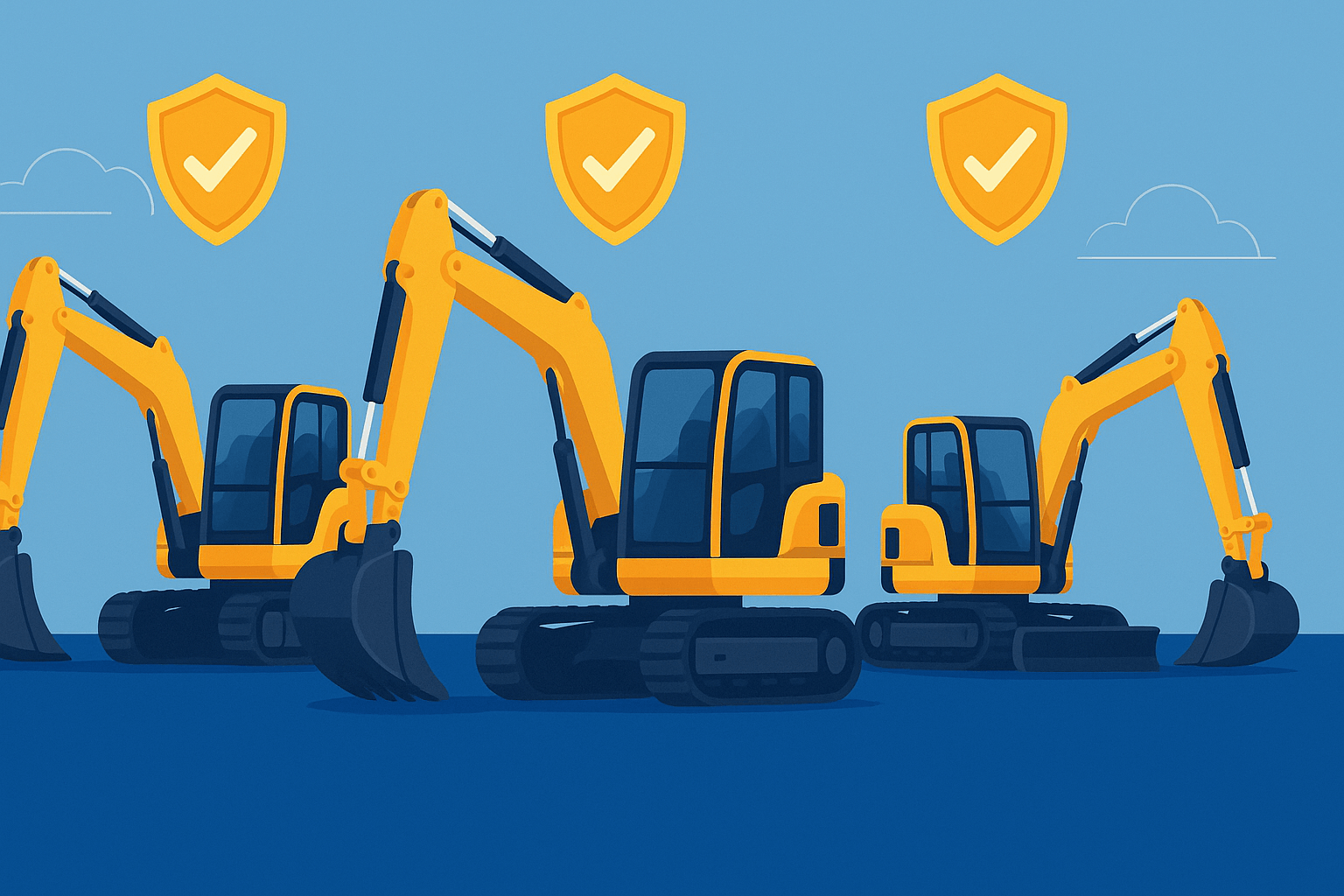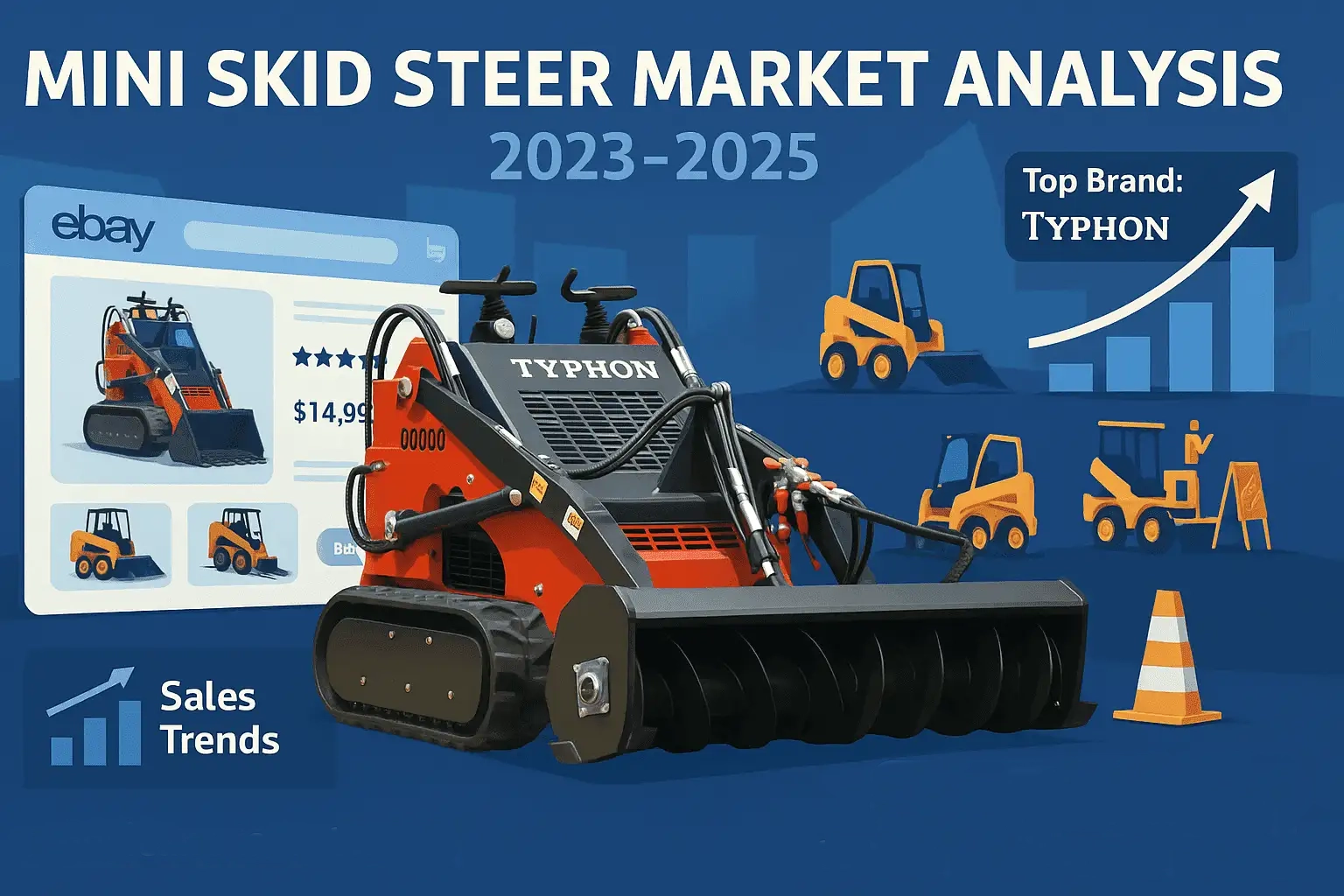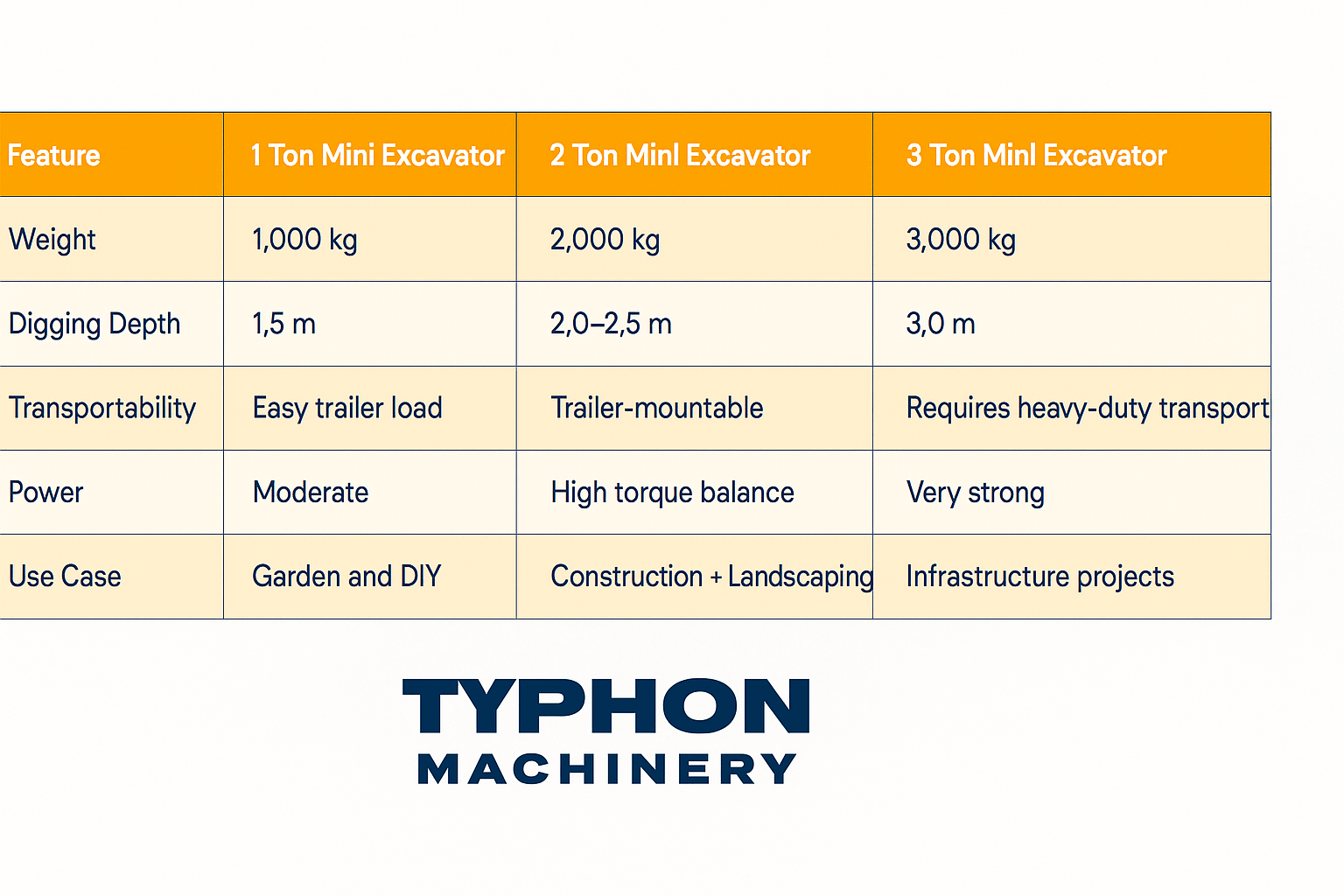7 Types of Excavators and Their Uses on the Construction Site: When you need to raise large volumes of earth on the job site, you’ll need an excavator. Excavators are widely used earthmoving machines with a bucket, arm, rotating cab, and moveable tracks. These components give higher digging force and mobility, enabling this heavy equipment to execute a wide range of tasks, including trench digging, hole breaking, rubbish removal, and mine excavation.
7 Types of Excavators
- Crawler Excavators
- Wheeled Excavators
- Dragline Excavators
- Suction Excavators
- Skid Steer Excavators
- Long Reach Excavators
- Mini Excavators
Excavators are used for what? Various types of excavators are used for a wide range of contractor and industrial applications, including mining, road construction, building construction, and demolition.
Excavators come in a variety of sizes; smaller machines are used for digging and drilling, while bigger excavators feature specialized equipment for heavy-duty jobs. When hiring an excavator, you should examine its size and speed, as well as the job site’s operating parameters, such as space and soil type.
The most prevalent types of excavators include crawler, dragline, suction, skid steer, and long reach excavators. We’ll go over the many types of excavators and what they’re best utilized for.
1. Crawler Excavators
Unlike other as big excavators that use wheels, crawlers use two enormous endless tracks and are ideal for mining and heavy-duty construction work. These types of mini excavators, often known as compact excavators, lift large amounts of waste and dirt using hydraulic force.
Their chain wheel mechanism enables them to slide down and scale slopes with more safety, making them ideal for grading mountainous regions and landscaping uneven terrain. Crawlers are slower than other excavators, but they give more balance, flexibility, and stability overall.
Pros: Increase balance and stability on uneven ground.
Cons: Slower compared to other excavators
2. Wheeled Excavators
Wheeled excavators are similar in size and appearance to crawlers, however they travel on wheels rather than tracks. Replacing tracks with wheels makes them quicker and simpler to handle on concrete, asphalt, and other flat surfaces while maintaining the same power output.
Wheeled excavators are often utilized for roadwork and urban projects since they provide less stability on uneven ground than tracks. However, when shifting from asphalt or concrete to an uneven terrain, operators might use outriggers to boost stability.
Pros: Quick and simple to maneuver on flat areas.
Cons: Perform badly in rough terrain.
3. Dragline Excavators
The dragline excavator is a bigger excavator that uses a different method. The apparatus uses a hoist rope system that connects to a bucket via a hoist coupler. The other side of the bucket is attached to a dragline that connects the bucket to the cab. The hoist rope raises and lowers the bucket, while the dragline pushes it toward the driver.
Because of their weight, draglines are frequently built on-site. This excavator’s innovative mechanism is often employed in large-scale civil engineering projects such as canal dredging.
Pros: The dragline technique is perfect for underwater excavation and canal dredging.
Cons: The weight and size make it unsuitable for tiny projects.
4. Suction Excavators
Suction excavators, sometimes known as vacuum excavators, have a suction pipe with a horsepower rating of up to 400. The excavator initially uses a water jet to loosen the soil.
The pipe, which has sharp teeth on the edge, then produces a vacuum that can carry soil and debris at speeds of up to 200 mph.
A suction excavator is perfect for delicate subsurface applications because it reduces the risk of damage by more than 50%.
Pros: Increased accuracy minimizes harm during sensitive work.
Cons: Narrow suction pipes are not suitable for large-scale applications.
5. Skid Steer Excavators
Skid steers, unlike ordinary excavators, feature booms and buckets that face the opposite direction of the driver. This position allows the attachments to extend over the cab rather than around it, making these excavators handy in tight spaces and complex maneuvers.
They are frequently used for digging pools, site cleaning, domestic chores, and debris clearance in situations when space is restricted and things are spaced widely apart.
Pros: Easy to move in small, tiny locations.
Cons: Not as effective on uneven or slippery terrain.
6. Long Reach Excavators
As the name implies, a long reach excavator has longer arm and boom components. The design enables for easier operation in difficult-to-reach areas. The excavator’s extended arm can reach more than 100 feet horizontally.
These excavators are ideally suited for demolition jobs such as structural collapse and tearing down walls over bodies of water. Different attachments may be mounted on the arm to accomplish additional tasks like as shearing, crushing, and cutting.
Pros: The longer boom is perfect for hard-to-reach areas and demolition tasks.
Cons: Difficult to utilize in small places.
7. Mini Excavators
In recent years, more contractors have begun to use mini excavators, which are smaller and lighter versions of normal excavators capable of avoiding ground damage and fitting into packed, narrow places such as parking lots and inside spaces. Mini excavators, also known as compact excavators, often have decreased or nil tail-swing to allow for tighter turns and prevent collision with obstructions.
Pros: Fits easily into small locations and may be used indoors.
Cons: Can only handle minor weights.
Excavator Attachments and Parts
The design of an excavator are ideal for overview features which allows it to be used for various tasks. Hydraulic cylinders, booms, arms, and attachments give digging and holding capabilities, while a house-like cab provides the driver with controls to steer the excavator. A rotating platform with wheels provides the required mobility for lifting and removing trash from the job site is among the best types of excavators size cost best types of excavators.
The different types of excavators are equipped with various hydraulic attachments that serve multiple functions. In addition to a bucket, popular accessories include an auger, breaker, clamp, and fast coupler.
bucket
Excavators typically have bucket attachments. These steel attachments feature teeth-like edges that allow for digging and scooping capabilities. Buckets are classified into several types, the most popular of which being ditching buckets for grading stones and trenching buckets for digging ditches.
Auger
Attaching an auger allows you to drill into the earth. Hydraulic circuits power these helical attachments, which can reach over obstacles and drill deep holes. Augers are available in a variety of specifications and sizes to suit varied digging circumstances and terrains, ranging in length from 4 inches to 50 inches and capable of digging up to 32 feet.
Breakers
Breakers are far larger than jackhammers. With the potential to deliver up to 1,000 pounds of impact force, these attachments can penetrate harder materials such as stone and concrete.
Clamp
Clamps enable excavator operators to take up huge objects that are too big for a bucket, such as tree trunks and concrete. The attachments can be utilized with buckets or as individual components in a grapple. Clamps are simple to attach and remove from excavators.
Couplers
Couplers enable rapid tool and attachment switching without a crew. Their adaptability is useful while switching between different jobs and procedures on the job site.
Differences Between an Excavator and a Digger
Backhoes, sometimes known as diggers, are ubiquitous on construction sites but are frequently mistaken with excavators. While backhoes and excavators have comparable digging and lifting capabilities, they differ in size, weight, and usefulness.
Excavators are typically big machines weighing up to 200,000 pounds. Their bucket and boom construction allows them to spin 360 degrees.
A backhoe, on the other hand, is often considerably smaller and looks more like a tractor. A backhoe’s construction allows it to rotate just 200 degrees from side to side. Its front and back buckets are capable of excavating materials, loading rubbish, and dragging debris toward the vehicle. Renting a backhoe is ideal for light to medium-duty work with a variety of uses.
While there are several varieties of excavators, their basic functions are identical. They are a must-have on every construction site because to their lifting and excavating skills. Because of their high cost, most businesses choose to rent.



